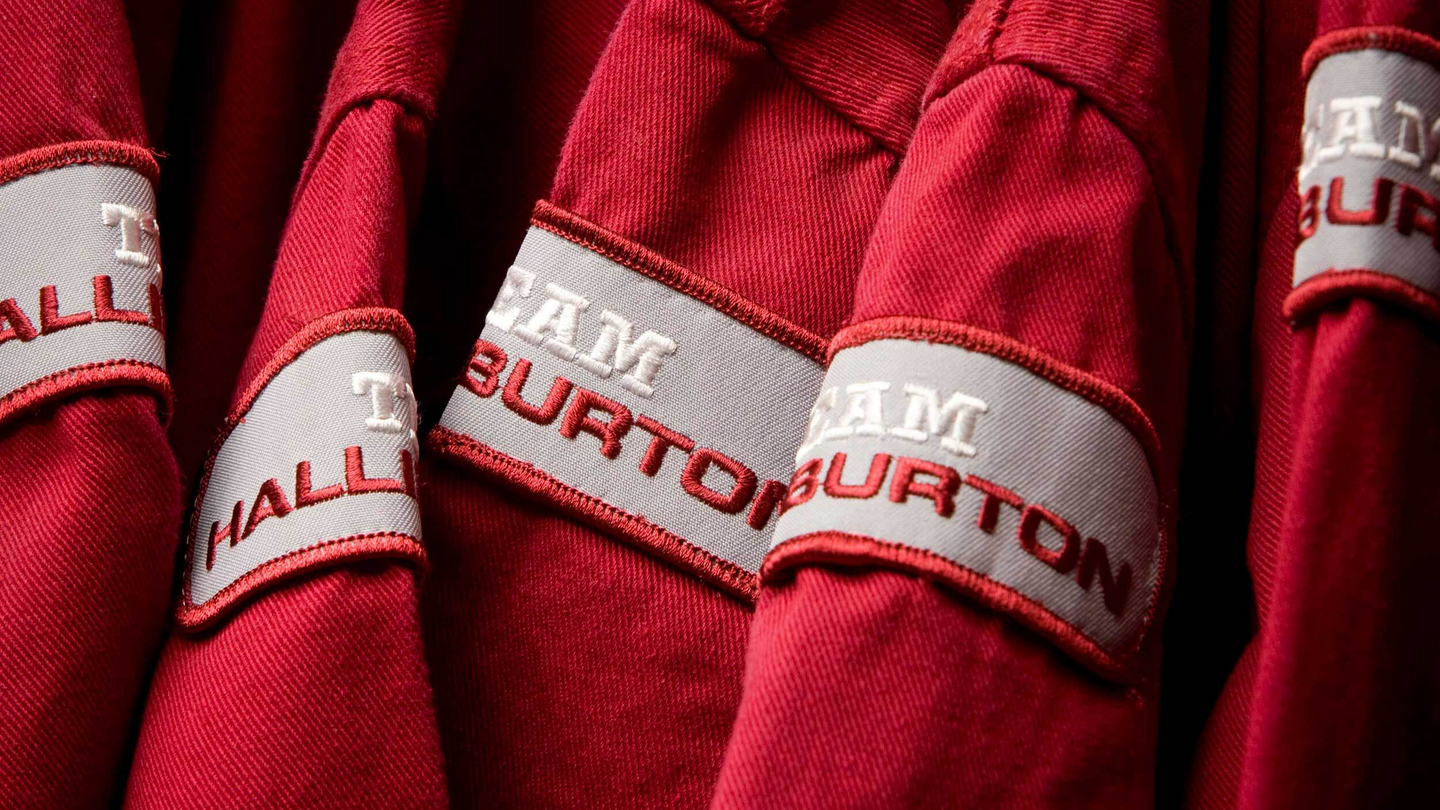 Search
Search
 Search
Search
Unconventionals

Repair a severe loss zone while minimizing losses and reservoir damage
East Asia
A severe loss zone prevented several conventionally drilled onshore wells from hitting the reservoir. To handle this, an operator needed to minimize losses and reservoir damage while drilling to total depth (TD) and simultaneously evaluate the productivity of different intervals. This included characterizing properties from flow testing and determining production sustainability and stimulation needs.
The operator successfully employed Halliburton's underbalanced drilling (UBD) service to drill into the reservoir without losses. This application also required high-end data acquisition, using pressure-while-drilling (PWD) sensor and additional downhole memory gauges for controlling BHP. In some wells, the operator used two types of gas meters to constantly monitor the gas rate. Data was transmitted via satellite to the service company’s reservoir evaluation center where the asset team analyzed the information in real time, including conducting periodic flow tests and pressure build-ups in some wells.
fold production increase
new productive well discovered
reduction in nonproductive time (NPT)
Compared to conventional overbalanced drilling, UBD reduced nonproductive time by 75 percent by eliminating time needed to manage losses, kicks and stuck pipe as well as improving well control. In addition, UBD service reduced bit needs for the high compressive strength rock to just two or three bits, compared to six to eight bits typically required for OBD. Reservoir characterization from UBD service also identified at least one zone previously thought to be nonproductive. The use of UBD resulted in a ten-fold production increase compared to overbalanced wells, and a five-fold increase compared to stimulated wells.
